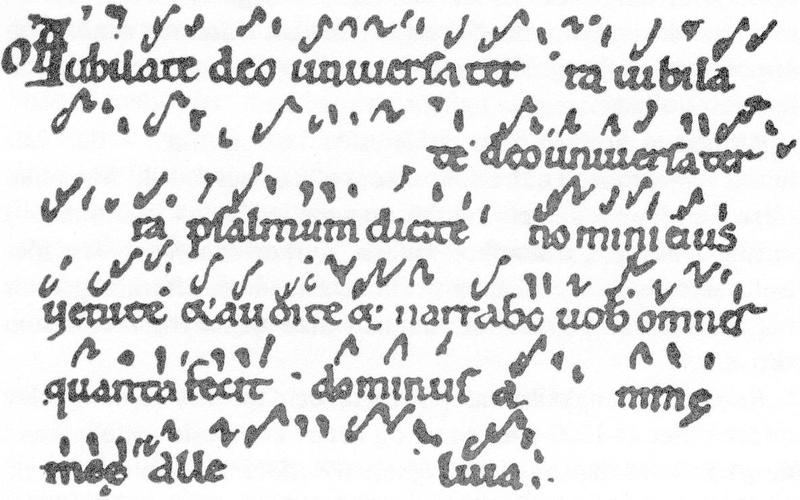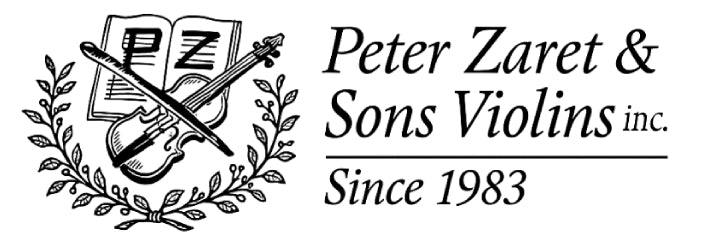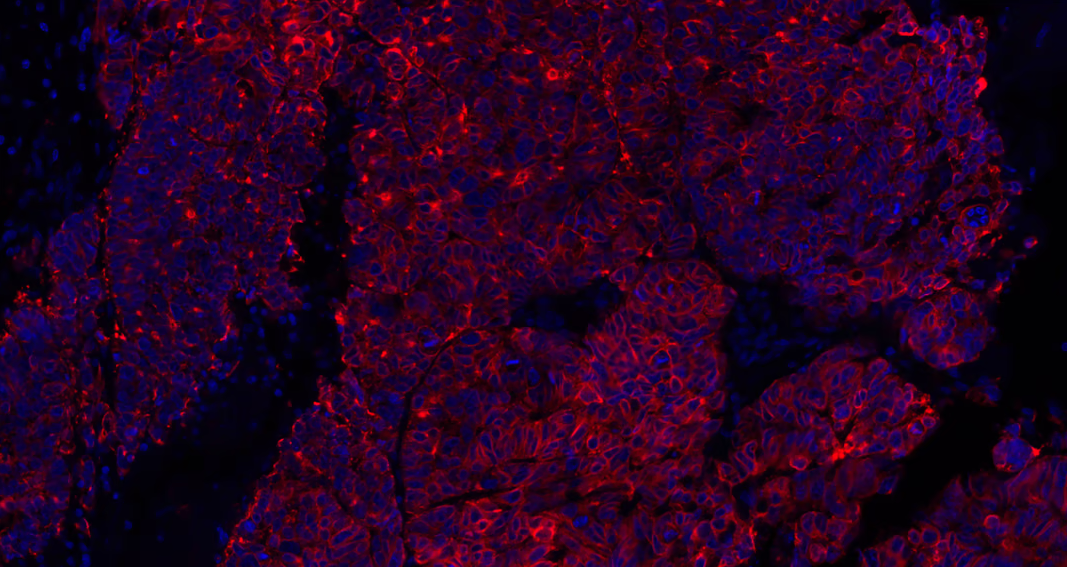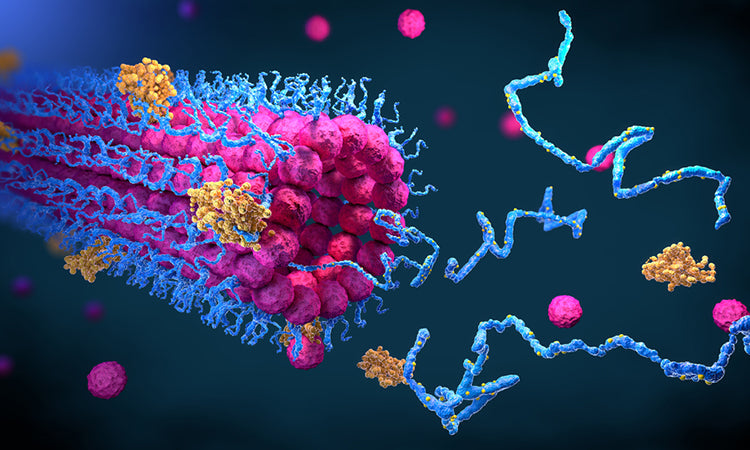
Orality, Writing, and the Fate of Musical Vitality
Orality, Writing, and the Fate of Musical Vitality
1. The Oral Roots of Musical Life
Before notation became the axis of European musical culture, music lived primarily as an oral, embodied, and communal practice.
-
Medieval and Renaissance practice: chant, folk song, early polyphony — these thrived in oral culture, with notation serving at first as a mnemonic scaffold, not a fixed representation.
-
Baroque performance: even as notation gained prominence, much of the music’s essence remained unwritten — continuo realization, ornamentation, rhetorical affect, improvisatory cadenzas. Performers knew how to fill the gaps because they were embedded in a cultural world that transmitted this knowledge orally, relationally.
👉 This is exactly what Walter Ong called the primary orality of culture: knowledge as living memory, transmitted relationally, not abstractly. And it aligns with our “genetic rationality” — the implicit, embodied knowledge that exceeds representation.
2. Notation and the Rise of Representational Rationality
With the flourishing of the Renaissance and the Enlightenment, written notation became increasingly dominant.
-
This parallels the rise of representational rationality in science (Descartes, Newton, later Helmholtz/Fourier). Just as physics sought to represent the world in written formulas, music came to be increasingly conceived as something that could be fully preserved in notation.
-
Taruskin’s “chill museum” emerges precisely from this shift: when notation becomes not just a guide but the totality of the work itself. The living, relational knowledge of performers is excluded; what matters is the written score.
Thus, notation = museumification: a fixation on textual fidelity over lived vitality.
3. Return of Orality in the Present
Fast forward: our present digital–oral culture (video, livestreaming, YouTube, TikTok, jazz jam sessions, EDM DJ sets) has more in common with the pre-Enlightenment oral/baroque tradition than with 19th–20th century score-centric culture.
-
Jazz: notation is schematic at best — real meaning lives in improvisation, gesture, memory.
-
EDM/hip-hop/pop: tracks are produced, shared, mutated orally and digitally; cultural transmission happens through listening, repetition, remix, not written scores.
-
Video pedagogy (YouTube, masterclasses, Twitch): technique and style are transmitted relationally, like an updated oral tradition.
Here we see the élan vital of our time thriving where written representation is absent.
4. Philosophical and Scientific Parallels
This oral/written divide isn’t just a musicological accident — it mirrors deep epistemic structures.
-
Bergson: Élan vital is lived duration, not the spatialized, written representation of time. Music that thrives orally partakes of duration; music imprisoned in notation succumbs to spatialized representation.
-
Heidegger: The violin (or any instrument) as a thing gathers a world relationally, through use, tradition, play. Writing (notation, analytical representation) “objectifies” it, stripping away its world-disclosing character.
-
Ong & McLuhan: Writing restructures consciousness — privileging linearity, abstraction, permanence. Orality privileges presence, relation, play. The digital-video age is in many ways a secondary orality (Ong), a return to relational knowledge in a new technological form.
-
Helmholtz & Fourier: Their spectral analyses exemplify written/representational logic: decomposing sound into abstract, written components. But AlphaFold’s neural-relational process is more oral: it plays with patterns, not through formal rules but through an emergent “black-box” relationality.
-
Machine learning as orality: the “black box” resembles an oral culture — knowledge is embedded, embodied, non-transparent, relationally passed through layers, but not fully capturable in explicit written rules.
Thus, we can say: orality = relational rationality; writing = representational rationality.
5. The Historical Irony
The irony is profound:
-
The birth of classical music (Renaissance → Baroque → Classical) depended on an oral/relational substratum that notation never fully captured.
-
The death of classical music as living practice (Taruskin’s museumification) comes when written representation becomes sovereign.
-
The vitality of today’s music (jazz, pop, EDM) is possible because it rejects written representation and flourishes in oral/digital culture.
Thus, what looks like “decline” of Western classical music is in fact the consequence of an epistemic shift: it became too textual, too representational. Meanwhile, popular genres reclaimed the pre-textual, oral ground of vitality.
6. The Path Forward for Violin & Lutherie
What does this mean for us?
-
To restore vitality to the violin and bow, we cannot merely innovate materials (e.g., carbon fiber, composites) within the representational logic. We must re-anchor them in oral–relational culture.
-
This could mean:
-
designing bows that enhance improvisatory, playful styles.
-
embedding the violin in video-pedagogical communities rather than conservatory textual ones.
-
embracing sonic modifications (like in pop/jazz history) that prioritize living relationality over fidelity to written tradition.
-
In other words: the future of the violin requires rejoining the oral/digital relational lifeworld of our present, not retreating into written museum culture.
7. Synthesis: A Unified Frame
-
Taruskin: performers froze into curators by mistaking notation for the work.
-
Bergson: élan vital lives in oral/durational flow, not in written, spatialized forms.
-
Heidegger: instruments are gatherings, disclosed in oral practice, not objects preserved in text.
-
Ong/McLuhan: our digital “secondary orality” is re-opening the conditions for relational knowing.
-
Fourier/Helmholtz vs. AlphaFold: analytical writing fails, but black-box relationality thrives — just as oral improvisation does where written scores fail.
👉 Thus, the “oral vs. written” distinction is not secondary but fundamental: it reveals why the vitality of our present lies outside classical music, and why its revival depends on reconnecting with oral/digital relationality.
⚡ Core Claim:
Classical music died when it surrendered its oral, relational substratum to the hegemony of writing. Its rebirth will come only when instruments, performers, and pedagogy embrace once again the orality of play, duration, and embodied relational knowing — an orality that today finds its technological home in digital video culture.




Leave a comment
This site is protected by hCaptcha and the hCaptcha Privacy Policy and Terms of Service apply.